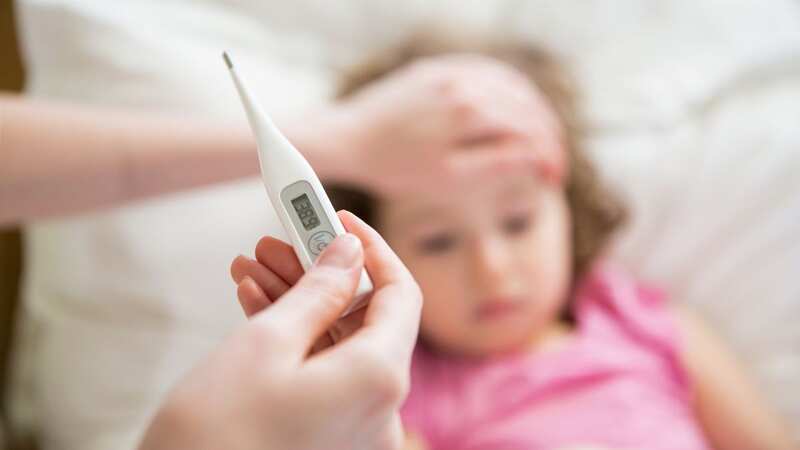Red flag warning signs of Meningitis that can be mistaken for a cold

Meningitis occurs when the lining around your brain and spinal cord (meninges) becomes inflamed.
It can be fatal if not treated quickly, and can result in life-threatening issues such as blood poisoning (septicaemia) and permanent damage to the brain or nerves. The illness can be spread through sneezing, coughing and kissing - and is usually passed on by people carrying the virus in their nose or throat but aren't ill themselves.
While meningitis can affect people of all ages - it is most common in babies, young children, teens, and young adults. Most people associated the illness with a rash that does not fade when a glass is rolled across it. However, this symptom does not always present itself. In fact, many of the early warning signs of the condition could easily be mistaken for a common cold.
The Meningitis Research Foundation makes it very clear: meningitis and septicaemia can kill in hours. Therefore, it has categorised different symptoms using a traffic light system.
If your child is experiencing red symptoms, the organisation says you should go to the hospital or call an ambulance immediately. These include:
 Teachers, civil servants and train drivers walk out in biggest strike in decade
Teachers, civil servants and train drivers walk out in biggest strike in decade
- Babies getting a temperature higher than 38C or a temperature that feels 'abnormally cold to touch'.
- Fast breathing or finding it much harder to breathe than normal. This can also present itself as 'noticeable pauses in breathing' or grunting/ noises with every breath.
- Extreme lethargy. Aka being difficult to wake or not responding.
- Seizures
- Weak, high pitched/ continues crying in young children
- Confusion and unusual irritability
- The soft spot on a baby's head 'bulging'
- Stiff neck - particularly when trying to look up/down
- An unusually sleepy, stiff, or 'floppy' baby
- Blue skin, lips, or tongue
- Extremely pale or mottled skin
- A rash that doesn't fade when pressed with a glass
- A baby who has not urinated for 12 hours or longer
- Extreme thirst but not able to keep fluids down
- Bloody or black 'coffee ground' sick
Gloucestershire Live reports that while not all of the red symptoms are signs of meningitis or septicaemia, they're still a warning of 'severe illness'. You can read the full list of amber symptoms here. These are categorised as 'medium risk' and still require seeking medical advice from a professional, such as ringing 111 in the UK.
Want the latest health news and fitness tips sent straight to your inbox? Sign up to our Health Newsletter
Those suffering with meningitis will undergo tests so doctors can identify whether it was caused by a viral or bacterial infection - as this will change how the illness is treated. Bacterial meningitis requires antibiotics and possible fluids being administered into a vein as well oxygen via a face mask.
Overall, around one in 10 cases of bacterial meningitis is fatal. To learn more about the illness, including which vaccinations may help protect against it, you can read the NHS' guide.
Read more similar news:
Comments:
comments powered by Disqus

































